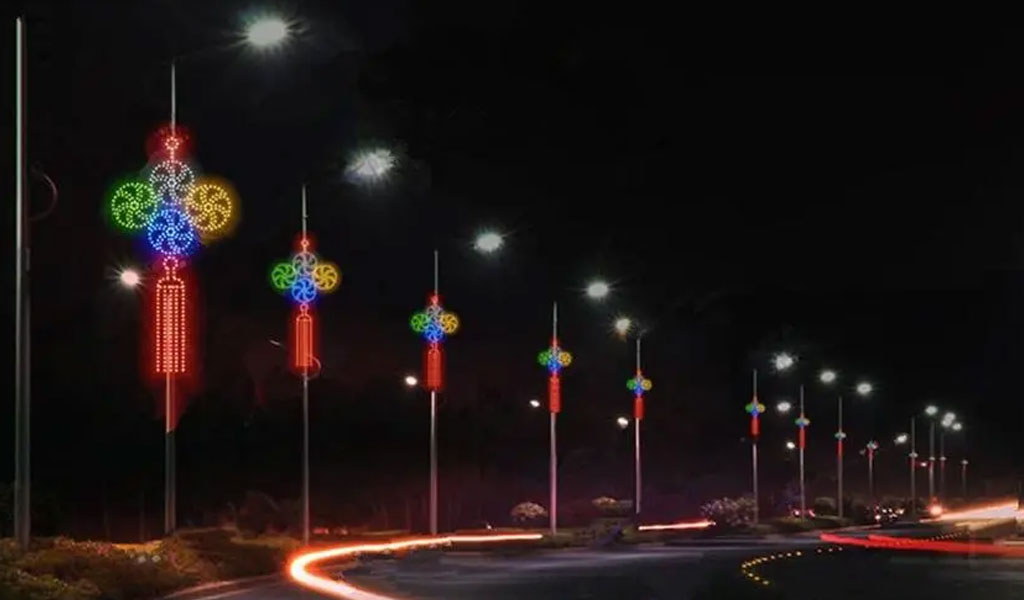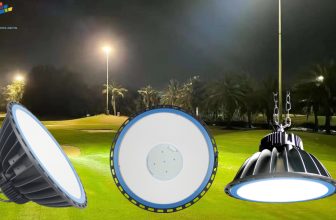
Street lighting is an essential element in urban and rural landscapes, providing safety, security, and visibility during nighttime hours. With advancements in technology, various lighting controls have emerged to enhance efficiency, reduce energy consumption, and mitigate light pollution. These controls encompass a wide array of methodologies, each offering unique advantages and disadvantages in terms of functionality, maintenance, cost, and environmental impact.
Traditional Street Lighting Controls:
1. Manual Switching:
One of the most conventional methods of controlling LED street lights involves manual switching. Municipalities or maintenance personnel physically operate switches to turn lights on or off. This method is straightforward, cost-effective, and allows for immediate control. However, it lacks flexibility in adjusting to changing lighting requirements, resulting in inefficiency during varying traffic patterns or weather conditions.
Advantages:
- Simple and easy to operate.
- Low initial cost.
- Immediate response to lighting needs.
Disadvantages:
- Inflexible to changing lighting demands.
- High operational costs due to manual labor.
- Inefficient in adapting to environmental changes.
2. Photocells (Photoelectric Sensors):
Photocells or photoelectric sensors automatically detect ambient light levels and trigger street lights to turn on or off accordingly. These devices use the absence or presence of natural light to activate or deactivate the street lighting system. While they provide a level of automation, their effectiveness can be affected by environmental factors like shadows, dirt accumulation, or adverse weather conditions.
Advantages:
- Automated operation based on ambient light levels.
- Reduced energy consumption during daylight hours.
- Relatively low maintenance.
Disadvantages:
- Vulnerable to environmental interferences affecting accuracy.
- Inability to adapt to nuanced lighting needs.
- Initial installation costs may be relatively high.
Advanced Street Lighting Controls:
1. Time-Based Controls:
Time-based controls involve setting specific schedules for street lighting systems. These schedules determine when the lights turn on or off based on predetermined time intervals. While this method allows for programming lighting cycles, it lacks adaptability to natural lighting variations and changing conditions throughout the night.
Advantages:
- Allows for programming lighting schedules.
- Predictable operation for maintenance purposes.
- Helps establish a consistent lighting pattern.
Disadvantages:
- Inflexible to real-time lighting needs.
- Inefficient during changes in daylight duration.
- Limited adaptability to varying traffic patterns.
2. Motion Sensors:
Motion sensor-controlled street lights activate when motion or presence is detected within their range. These sensors help conserve energy by keeping lights off until motion triggers them to illuminate the area. However, false triggering due to wildlife, wind-blown debris, or sudden movements might lead to unnecessary energy consumption.
Advantages:
- Energy-efficient by activating lights only when needed.
- Enhanced security by detecting movement in the vicinity.
- Potential for substantial energy savings.
Disadvantages:
- Susceptible to false triggering, leading to energy wastage.
- Initial installation costs might be relatively high.
- Limited coverage area and sensitivity adjustments.
Smart Street Lighting Controls:
1. Remote Monitoring and Control:
Smart street lighting systems leverage advanced technology to remotely monitor and manage lighting operations. These systems utilize centralized control centers to adjust brightness levels, detect faults, and optimize energy usage. While providing enhanced flexibility and efficiency, these systems are capital-intensive and require sophisticated infrastructure for seamless operation.
Advantages:
- Real-time monitoring and adjustments for optimal efficiency.
- Customizable brightness levels based on specific requirements.
- Potential for significant energy savings in the long term.
Disadvantages:
- High initial investment for infrastructure and technology.
- Dependence on reliable communication networks for operation.
- Requires skilled personnel for maintenance and troubleshooting.
2. Adaptive Lighting:
Adaptive lighting systems employ sensors and algorithms to dynamically adjust brightness levels based on traffic density, weather conditions, and time of day. These systems offer tailored lighting solutions, optimizing energy consumption and minimizing light pollution. However, they demand sophisticated technology and may pose challenges in implementation and calibration.
Advantages:
- Customized lighting levels based on real-time data.
- Energy-efficient and reduced light pollution.
- Enhanced safety and visibility for varying conditions.
Disadvantages:
- Complex implementation and calibration processes.
- Relies on accurate data collection and processing.
- Higher upfront costs for technology and installation.
Conclusion:
In the realm of street lighting controls, each methodology presents its distinct advantages and disadvantages. While traditional controls like manual switching and photocells offer simplicity and cost-effectiveness, advanced technologies such as motion sensors, time-based controls, smart systems, and adaptive lighting provide enhanced efficiency and customization but require higher investments and maintenance.
As cities and communities strive for energy efficiency, reduced costs, and environmental sustainability, the selection of appropriate street lighting controls becomes pivotal. Balancing technological advancements with practicality and cost-effectiveness remains a crucial consideration in making informed decisions for the illumination of our streets and public spaces.
Ultimately, the optimal choice of street lighting control systems should align with specific requirements, considering factors such as budget, maintenance capabilities, environmental impact, and the need for adaptability to changing conditions.








